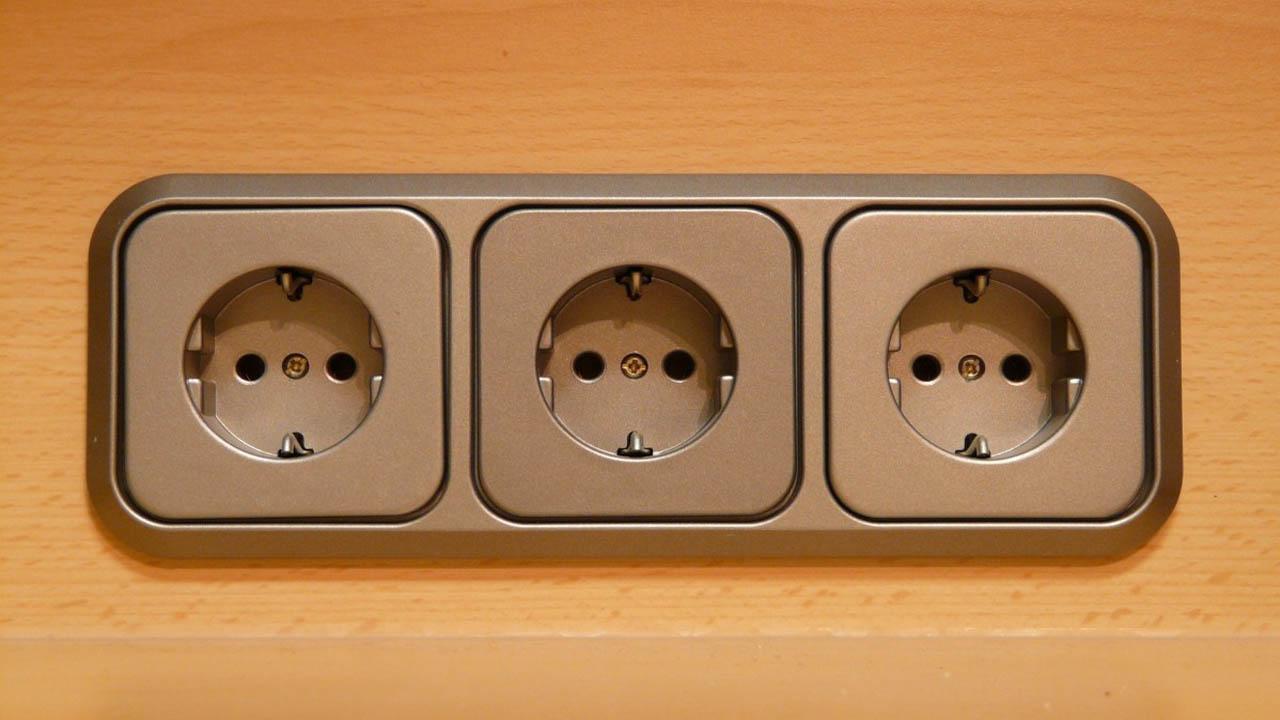To save energy at home, something you can do is control spending in the rooms where you will spend the most time. With this, you will be able to divert more resources only to those places or even optimize them so as not to waste electricity. The goal should be to pay less on the electricity bill and not have it be a problem to connect devices or maintain a good temperature in areas where you need it.
You can take into account different tips and tricks, so we are going to show you some of the main ones. Sometimes, just by making small adjustments you will notice that consumption decreases. You will be able to have greater control over the devices you use on a daily basis and thus prevent consumption from skyrocketing.
Save light in the rooms where you are most
However, you can also apply all of this anywhere in your home and not necessarily where you are going to spend the most time. But of course, the ideal is that you save especially where you are going to be the most and thus reduce electricity consumption.
Change light bulbs
Something you can do is change the light bulbs you have in those rooms. Ideally, they should be LED type, which consume less. If you have the old ones, or even low consumption ones, it is worth changing them for these LED type ones, which will be the ones that will help you save the most, especially when they will be on for many hours.
Additionally, you can opt for dimmable light bulbs. You can adapt the brightness depending on what you need, so you won’t always have to keep it at maximum and that will help you reduce consumption.
Improve insulation
If you want to keep those rooms at a good temperature, something you can do is improve thermal insulation. Otherwise, you will need to turn on the heating more in winter, or the air in summer. What can you do? For example, make sure windows and doors are closed tightly.
If you are going to ventilate, it is best to do it at the correct time. If it’s winter, do it when the outside temperature is higher, which usually happens in the middle of the day. On the other hand, in summer it is best to ventilate first thing in the morning or at night.

Optimize luminosity
By this we mean trying to take advantage of sunlight as much as possible. You can raise the blinds, orient a table where you are going to work so that it receives better light from outside and thus avoid turning on so many light bulbs, use zone lighting, which means that you are going to point it at specific areas where you need to see better, etc.
All this will help you have well-lit rooms, but at the same time not spend excessively. You can make some changes or adjustments that help you have greater control.
Use the heating only there
If you are going to spend a lot of time alone in some rooms, it means that the rest of the day you will be only passing through the others. For example, going through a hallway, entering a room to pick up something specific, etc. If, for example, you are going to work for many hours in one room, what you can do is use the heating only there.
This doesn’t necessarily mean that you turn it off completely in the rest of the house, but you could adjust the temperature. For example, in the rooms where you will be almost always, you can set it to 20 degrees and in the rest of the house lower it to about 17. With this, you will be able to save energy.
As you can see, these are some tips that you can take into account to save energy in the rooms where you are going to spend the most time. The objective is to pay less on the electricity bill, without giving up using certain devices or maintaining a good temperature. If you use home automation, avoid problems with Wi-Fi.













